Fermented green bean pickles?
fearlessem
17 years ago
Related Stories

GARDENING GUIDES10 Easy Edibles for First-Time Gardeners
Focus on these beginner-friendly vegetables, herbs, beans and salad greens to start a home farm with little fuss
Full Story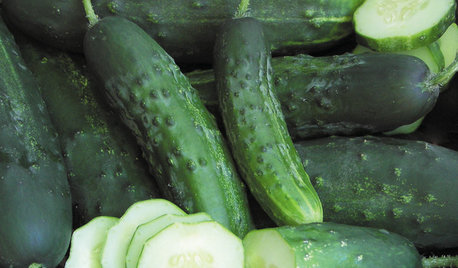
SUMMER FRUITS AND VEGETABLESSummer Crops: How to Grow Cucumbers
Pick a peck for pickles or opt for fewer and raw — no matter how you slice them, cucumbers are great for summer gardens small to large
Full Story
HEALTHY HOME6 Tips From a Nearly Zero-Waste Home
Lower your trash output and increase your quality of life with these ideas from a mom who did it to the max
Full Story
FEEL-GOOD HOMESimple Pleasures: Make Do and Mend
Experience the satisfaction of fixing, repurposing and creating things yourself around the home
Full Story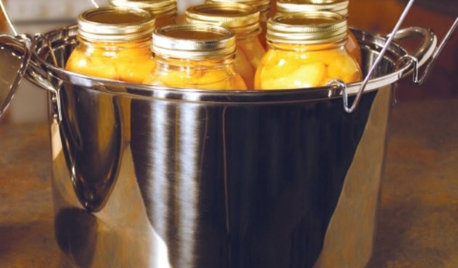
PRODUCT PICKSGuest Picks: Canning, Preserving, Steaming, Dehydrating
20 products to help make fall produce last through the season and beyond
Full Story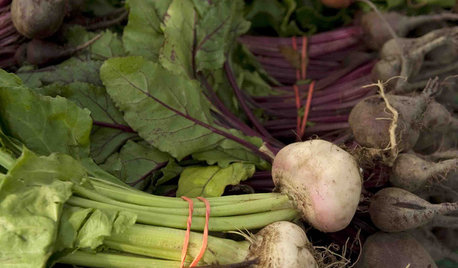
FARM YOUR YARDCool-Season Vegetables: How to Grow Beets
Give canned versions of this fall and spring garden favorite the heave-ho and discover its true flavor and colors
Full Story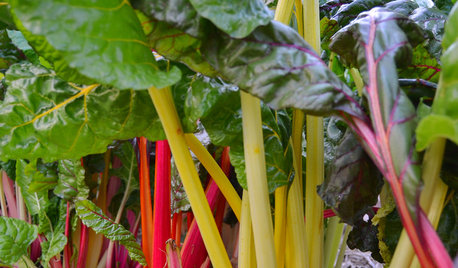
GARDENING GUIDESCool-Season Vegetables: How to Grow Chard
A year-round garden favorite with a colorful stem, Swiss chard comes into its own in early spring and in fall
Full Story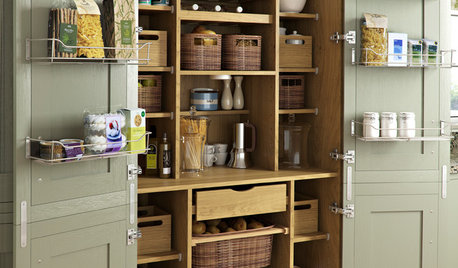
KITCHEN PANTRIES80 Pretty and Practical Kitchen Pantries
This collection of kitchen pantries covers a wide range of sizes, styles and budgets
Full Story
FARM YOUR YARDIf You Have Room for Only One Summer Crop ...
Get an edible that’s long on flavor even if you’re short on space, with a long-time gardener’s favorite picks
Full Story
EDIBLE GARDENSHouzz Call: What Did You Grow This Summer?
Let’s celebrate the homegrown fruits and vegetables of the season. Post your pictures and tell us about your harvest
Full Story


ksrogers
jimster
Related Discussions
Green garlic - in fermented beans
Q
Sunset recipe for Ginger and Chile Pickled Green Beans
Q
Which Green Beans Pickle Well?
Q
Pickled green beans
Q
fearlessemOriginal Author
jimster
fearlessemOriginal Author
readinglady
fearlessemOriginal Author
readinglady
jimster
mellyofthesouth
gardenlad
ksrogers
readinglady
bill423
Linda_Lou
John__ShowMe__USA
readinglady
readinglady
bejay9_10
Linda_Lou
jlhenderson
david52 Zone 6
hawk307
ksrogers
dizzylizzy1960
ksrogers
aberwacky_ar7b
ksrogers
jetbat_mindspring_com
gainga
ksrogers
elise1449
ksrogers